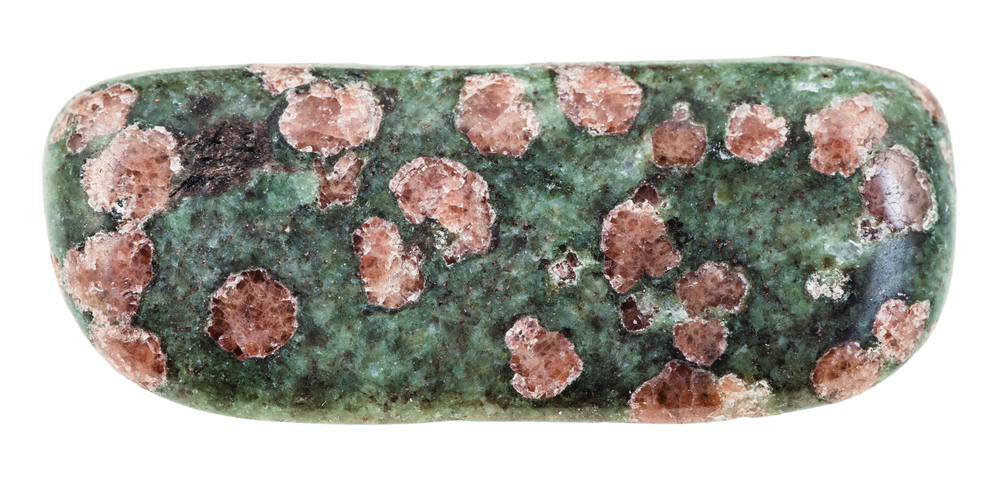The Earth’s mantle is filled with precious metals, stones, and minerals that have tons of practical uses. Ores can be used to construct machines, while precious stones can be used to construct decorative pieces or advanced circuitry, and precious metals can be used for satellites. However, researchers and miners are also interested in the tiny crystallized flecks that are encased within the minerals. They don’t contain water, but the ingredients for the liquid. However, when they’re melted, out comes water.
Water-Rich Mantle Minerals Have Changed Our Outlook
The discovery of possible mantle minerals has changed the way that we can look at harvesting water. It was not obvious to us that we were standing beneath a huge reservoir of the good stuff before. That is because the ground is usually dry and is made of a mineral called olivine. This, as you can probably predict, doesn’t have enough capacity to store water.
However, between 410 and 660 kilometers beneath the surface of the Earth, the water-rich mantle minerals reside. This particular region is called the transition zone, which is located between the upper and lower mantles and it’s chock full of beautiful minerals that contain water.
In March 2018, a team of researchers announced that diamonds had been found within the mantle which had water inside. The seismic data map that was constructed also showed that water-friendly minerals were trapped inside the Earth. This has led scientists to believe that a huge volume of water could be lurking beneath the Earth’s surface. This could potentially mean a few oceans’ worths of water are trapped beneath our feet.
However, this does raise a significant question. How is this possible? How were these mantle minerals able to trap so much water beneath the surface of the Earth?
The Transition Zone Holds Water-Rich Mantle Minerals

As the transition zone approaches 410 kilometers below the Earth’s surface, olivine is crushed into wadsleyite. High temperatures and pressures squeeze the olivine down and create gaps. This was only realized back in 1987 by a mineralogist named Joe Smyth. Turns out, these gaps would be perfect for the hydrogen atoms to nestle in and bond with adjacent oxygen atoms. Hence, when wadsleyite melts, it gives way to the water.
When one ventures deeper to the center of the Earth, they realize that these mantle minerals give way to ringwoodite. Researchers in the 1990s conducted experiments on both ringwoodite and wadsleyite and found that they held 1-3% of their weight in water. Extrapolating from the current data, the transition zone is roughly 250 kilometers thick and accounts for 7% of the Earth’s mass. The crust, by comparison, is a paltry 1%. Hence, this means the transition zone could potentially hold more water than the Earth’s oceans.
Mantle Minerals: Speculation vs. Fact
Of course, this doesn’t mean that we can just start digging out of anticipation to solve the world’s water crisis. The analysis and calculation yield potential only. Hence, they show how much water the mantle minerals can hold. They don’t show what the actual water content is. According to Wendy Panero, Geophysicist at Ohio State, the calculation only shows “how wet the sponge is”.
One more caveat that the researchers hadn’t taken into account was the nature of ringwoodite. Most of them were only testing lab-grown ringwoodite. Most of the ringwoodite they had found in nature was within meteorites. However, that all changed in 2014.
What Does The World Cup Have To Do With Mantle Minerals?
During the 2014 Football World Cup in Brazil, geologists headed to the farmlands around Juina, which is 2000 kilometers west of Brasilia, Brazil’s capital. They were hunting for diamonds that had been banned from the local rivers. The diamonds were formed from heat and high pressure of the mantle and hence, they trapped other trace minerals. Due to the toughness and hardness of diamonds, these mantle minerals were likely to be preserved fully.

The researchers were successful in buying more than a thousand of the precious stones. Back at the University of Alberta, Graham Pearson found ringwoodite in one diamond. This ringwoodite had water inside it, which was by 1% weight.
At last, Ringwoodite was found outside of a meteorite. Now there was actual proof that there was water within mantle minerals that lay beneath our feet. However, as seismologist Brandon Schmandt from UNM pointed out, it’s implausible that this represented an “average of the… transition zone”.
To put that claim to the test, Schmandt assembled a team to map the transition zone. They would conduct seismic tests on a portion of the Earth’s mantle. They would use seismic waves to cause convection within the hydrous ringwoodite in the mantle. As a result, this would create pressure that would shake the water out. The mineral would then, in turn, melt and beneath the transition zone, pools of molten minerals would slow the seismic waves. The measurement of these waves beneath North America showed the research team that water was indeed trapped in mantle minerals. Another study beneath the European Alps provided similar results.
In March 2018, mineralogist Oliver Tschauner from the University of Nevada discovered diamonds containing water ice. This was the first independent observation of freely existing water from the mantle. Samples like this one were also found in southern Africa, China, and other places.
What do Mantle Minerals mean for Planet Earth?
For centuries, many believed that most of the Earth’s water came from the meteorites that struck the planet. Other explanations were thrown by the wayside. However, if further research proves that there is water beneath the mantle, then that story will have to be amended.
The transition zone, if only 1% water by weight, would contain twice the water in the world’s oceans. While the lower mantle is considered much drier, it’s also considered to be filled with water. This means that some of the planet’s water would’ve always been there. Despite the heat that the Earth experienced in its early days, water molecules may have stuck to earthbound dust particles. These would have then coalesced into the mantle minerals that we know of today.

Jafara Shinkasi is a renowned water conservationist and environmentalist hailing from Malawi, Africa. Born and raised in the rural area of Mchinji, Shinkasi has dedicated his life to the cause of water conservation, driven by the acute water scarcity he witnessed in his childhood.
Shinkasi studied Environmental Science at the University of Malawi and later earned a PhD in Water Resources Management from the University of Cape Town, South Africa. Upon his return to Malawi, he founded the Malawi Water Conservation Initiative (MWCI), a non-profit organization committed to promoting sustainable water practices and improving water accessibility in rural areas.

